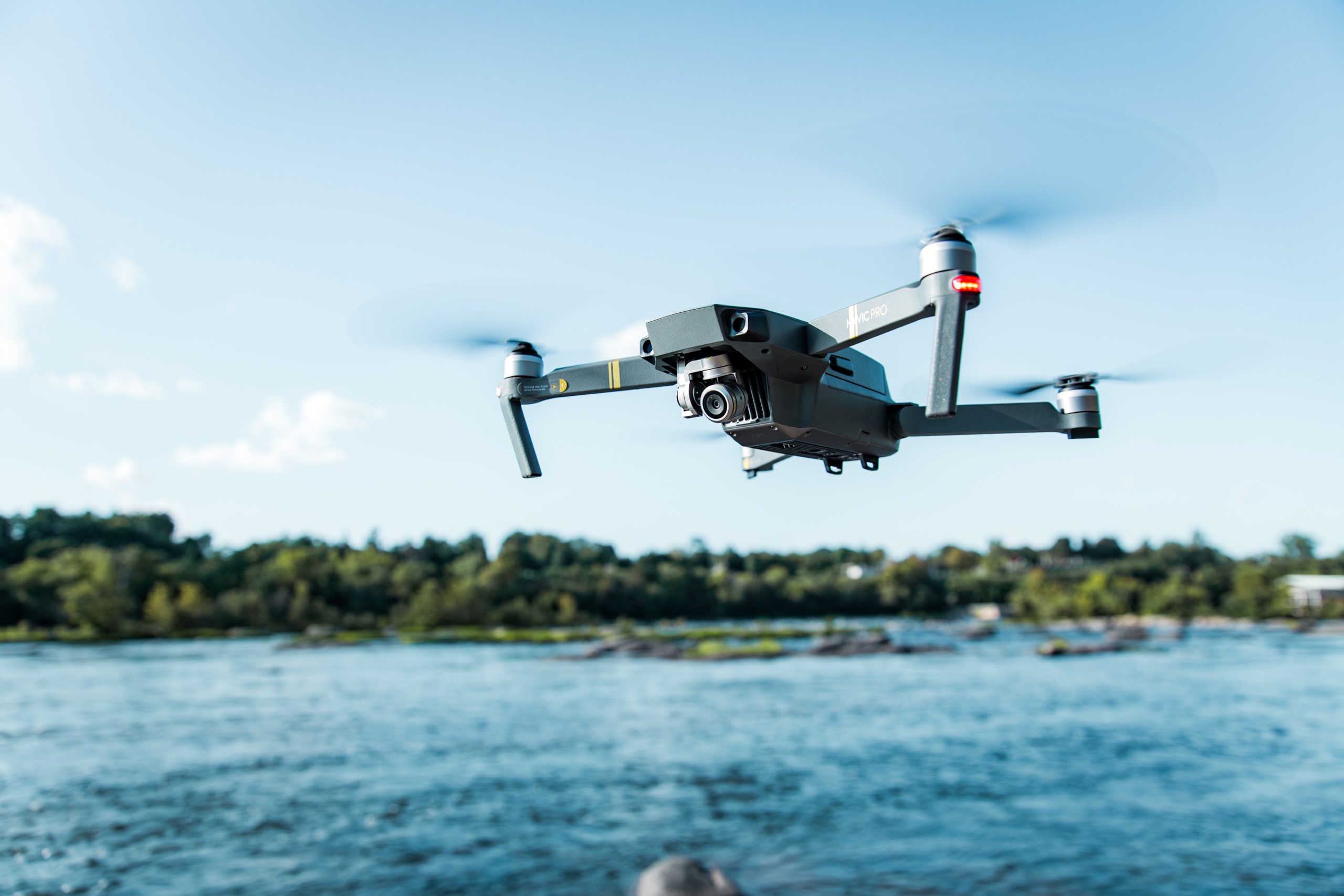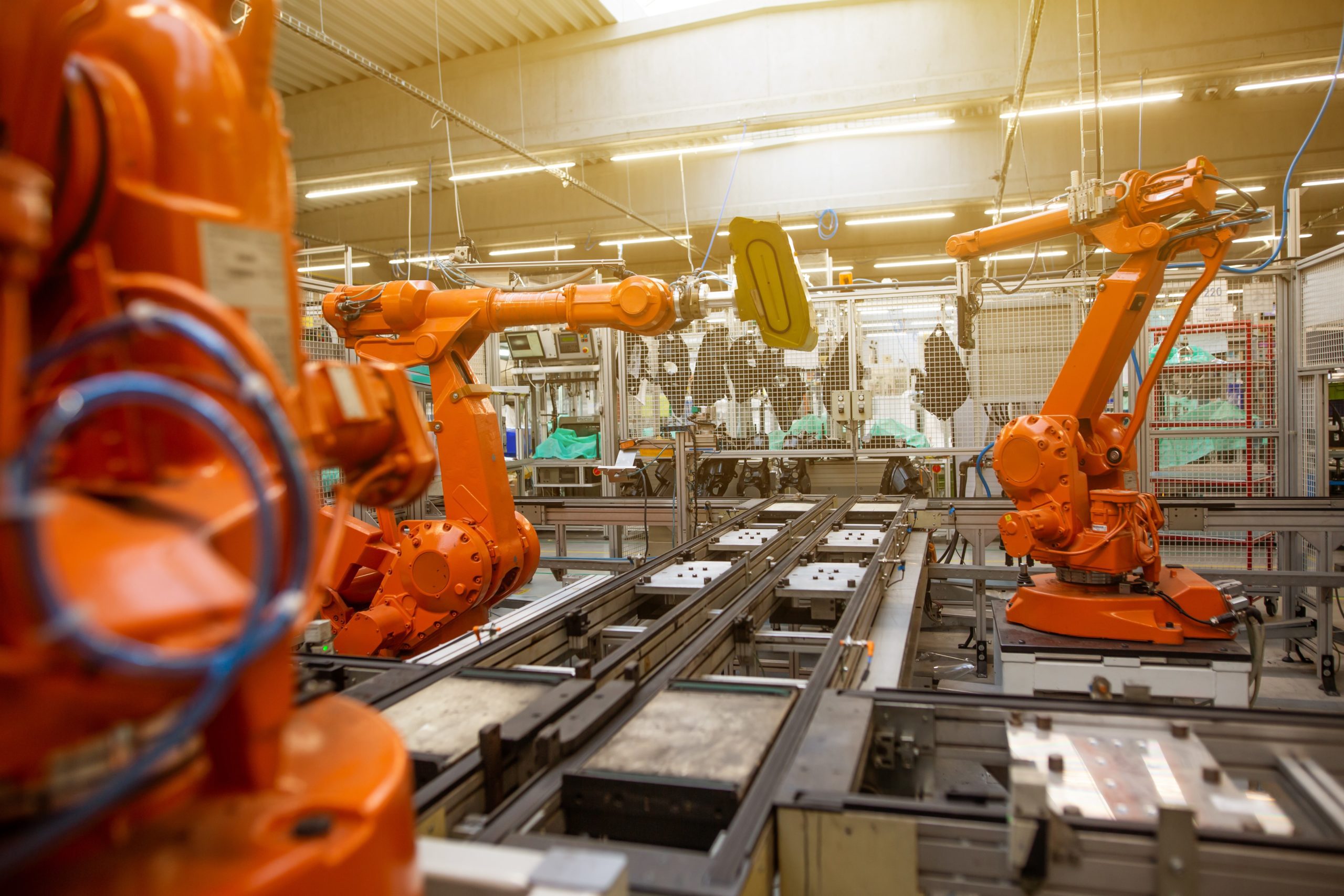Technology is impacting the civil engineering sector like never before. New developments like cloud-based collaboration solutions, digital twins, robots, super-materials, wearable tech, and even artificial intelligence (AI) are constantly improving the industry. As every civil engineer knows, ours is a career that shapes modern infrastructure and society – and technology is a crucial part of that impact.
The technologies flooding the civil engineering industry aren’t just fads or fun new toys (although many of them are incredibly exciting and novel). These technological advances have practical applications and benefits that are sure to modernize the processes and workflows of every civil engineering company.
Cutting-edge technologies in the construction and civil engineering worlds are dramatically altering how these two industries operate and how they’ll take on future projects. So which technologies are the most popular? Which ones have gained the most traction and are used most frequently?

via Unsplash
What Technologies Do Civil Engineers Use?
In this comprehensive guide, we’ll cover the technologies that civil engineers use on a daily basis. We’ve compiled a list of 13 of the most useful, versatile, and promising technologies that have modernized the world of civil engineering – and continue to foster important advances to this day.
AutoCAD
One of Autodesk’s many helpful software programs, AutoCAD is a staple for any civil engineer – in particular, AutoCAD Civil 3D. It’s a drafting software with a multitude of different design, analysis, and simulation tools, tailored especially to civil engineering projects. AutoCAD Civil 3D stands out as the most common program in the industry.
Understanding the ins and outs of AutoCAD is essential for anyone aspiring to have a career in civil engineering. CAD programs are most often used to create the plans commonly known as construction documentation. Civil 3D has a range of additional tools that allow its users to create detailed, innovative designs and present work smoothly.
The program boosts streamlined documentation abilities and a design-driven approach to plan production. It also allows users to work within a model-based environment, enabling superior design decisions and heightened project quality. It’s probably no surprise that like a few other tools on this list, AutoCAD Civil 3D harnesses the power of BIM (building information modeling) to enable design coordination and project collaboration.
LiDAR
LiDAR, which stands for light detection and ranging, is a remote sensing method that civil engineers use to examine the surface of the Earth. It uses light in the form of a pulsed laser to measure ranges (also called variable distances) to the Earth. Those light pulses, in combination with other data recorded by an airborne system, generate precise, 3D information about Earth’s surface characteristics.
A LiDAR instrument generally involves a laser, a scanner, and a specialized GPS receiver. Typically, airplanes or helicopters are used to acquire LiDAR data over broad areas of land. LiDAR systems have plenty of applications in the civil engineering industry, one of the biggest of which is mobile mapping.
Drones and Unmanned Aerial Vehicles
Unmanned Aerial Vehicles, also called UAVs or “drones,” are expected to become increasingly common in the civil engineering industry throughout the coming years. UAVs have several different applications, ranging from undertaking inspections to keeping operatives safe on the job to surveying vast areas of land in just minutes.

via Unsplash
With that in mind, UAVs are likely to considerably improve both safety and productivity in the world of civil engineering. It’s not shocking that drones are the most widely used emerging construction technology today. They’ve come far since their inception when they were viewed mainly as a toy for kids to mess around with.
Now many drones are equipped with high-resolution cameras that can collect data, create interactive 3D or topographical maps and models, and measure volumes. They can also be used to safely inspect places that are harder or more dangerous to access, like bridges or skyscrapers. Drones could also be used to monitor progress and efficiency on job sites.
With all their potential applications, drones and UAVs are already saving construction and civil engineering companies lots of money. Drone technology continues to advance, getting more accurate and precise in its readings. That means that even less human involvement will be necessary for certain tasks, cutting labor costs significantly.
As civil engineering companies and civil engineers themselves look to keep up with the advancements of modern technology, drones are sure to stand out. They’re a top-notch solution for increased safety, lowered costs, and ultra-precise measurements.
Virtual Reality
What do you think of when you imagine Virtual Reality (VR)? Do you think of a headset used to play video games? That’s the idea that many people have in their heads, but in reality, VR has many different uses, including some exciting applications in civil engineering.
VR technology is often used together with BIM (building information modeling) to better understand complex projects. For example, you could create a building design with a BIM tool and then use a VR program to virtually walk around that space, touring it as if you were physically there before the project has even started.
That’s why VR is quickly emerging as one of the most desired technologies in construction and civil engineering. Allowing complete visualization of a project before it begins can allow you to avoid significant changes or expensive change orders midway through. Plus, VR is an excellent way to show clients, whether in the public or private sector, what a project will look like at its endpoint.
These virtual tours are not the only application of VR technology. While they’re a popular use of what VR can offer, there are many other burgeoning use cases for VR that are quickly taking hold in the civil engineering world.
Augmented Reality
Although virtual reality (VR) has been heavily trending over the past few years, it’s growing less popular in comparison with augmented reality (AR). Current AR technologies allow users to superimpose a computer-generated image onto a user’s view of the real world, providing a composite view. This is commonly achieved through a camera lens.
AR is an area that’s predicted to open many doors in the civil engineering industry – although there are high costs associated with adopting these programs. Companies who can afford to start using it will, and they’ll change the way we build things.
Augmented related has proven to be valuable across many industries, showing that it can be leveraged far beyond just gaming and entertainment uses. Perhaps because of this realization, the AR/VR market is expected to see a 77% CAGR (compound annual growth rate) between 2019 and 2023.
In terms of the construction industry in particular, properly leveraged AR has plenty of uses. It can help civil engineers win more projects, collaborate with team members, and even improve job site safety. It can also be a resource for training and onboarding new employees.
Exoskeletons
If the word “exoskeleton” makes you think of bugs, you’re not alone. In the world of biology, exoskeletons are rigid external coverings for the bodies of invertebrate animals, like snails or clams. But in civil engineering, the word takes on a whole new meaning.
In our industry, exoskeletons are wearable devices that work in tandem with their users. These devices are placed on the user’s body, and they act as amplifiers that are able to augment, reinforce, or restore typical human performance. Sounds otherworldly, doesn’t it?
Exoskeletons were initially developed for military use and then found other applications in healthcare related to patient mobility and rehabilitation. But now they’re beginning to appear on construction sites. They can not only protect workers from manual handling injuries but also deliver considerable gains when it comes to productivity.
Exoskeletons are being rapidly adopted throughout the world of civil engineering. There have been a number of live trials on construction sites in the past year, demonstrating that they’re getting ever closer to becoming commonplace.
Wearable technology
A recent innovation, wearable technology has the potential to transform safety standards in the civil engineering sector. It’s also viewed as having the potential to improve both efficiency and productivity. Wearable technology items range from exoskeletons to emergency alerts, smart GPS-enabled wearables, and smart personal protective equipment, or PPE.
According to GlobalData, the wearable technology industry was worth nearly $23 billion in 2018. It’s expected to grow at a CAGR (compound annual growth rate) of 19%, reaching $54 billion by 2023. In other words, wearable technology is quickly increasing in popularity and in use cases throughout industries.
Machine Learning
In technical terms, machine learning is the study of computer algorithms that improve automatically through experience. It’s considered to be a subsector of the artificial intelligence (AI) industry. That’s because it’s an application of AI that enables systems to learn and improve from experience without explicit programming by a human actor.
So what is machine learning used for? Well, it’s focused on developing computer programs that can access data and use it to learn for themselves. In terms of its applications in construction, machine learning can help improve safety, productivity, quality, and other measures. It can work toward completing design and planning tasks, too.
When some tasks are automated, it frees up highly trained civil engineers to allocate their brainpower elsewhere. These civil engineers will then be able to work on more complex tasks, getting the most out of the expertise and creativity they bring to the table.
Autonomous Vehicles
Autonomous vehicles (like Tesla’s self-driving cars), continue to make waves in the consumer space. But that’s not the only sector in which they’re relevant. In the construction and civil engineering industries, autonomous vehicles are set to take off in 2023 and beyond.
The automation of construction plants, aided by the introduction of effective autonomous vehicles, offers many potential perks for the construction industry. Using autonomous vehicles could significantly improve productivity while at the same time creating a safer work environment. Plus, they may help address the construction industry’s labor shortages.
Volvo is one example of a company that’s putting lots of cash behind developing autonomous vehicles. At its site in Sweden, the company has run trials of autonomous electric vehicles compared with human-operated excavators. Volvo found that autonomous vehicles offered a 40% improvement in efficiency. We’re sure to see them soon in the civil engineering sector.
Robotics
The “robotic revolution,” as some are calling it, is expected to infiltrate the civil engineering industry in 2023. We’re already seeing autonomous rovers that can increase the efficiency and precision of site inspections. There are also mechanical arms available to automate repetitive tasks like laying bricks and tying rebar.

via Unsplash
While these bots may sound like they’re straight out of Star Wars, robotics technology shouldn’t be overlooked. The healthcare industry is already shelling out tons of money on robots, and the construction and engineering sectors are beginning to do the same. As robotics technology continues to improve, robots are predicted to become even more of a force within the industry.
The price tag on robotics is currently quite high, but it’s important to stay attuned to technological developments in this area. Over time, robots may take over some of the more labor-intensive pieces of construction projects that are currently handled by hourly laborers. Only time will tell what other functions robots may come to offer.
3D Printing
There was a time when 3D printing was so costly that it was rendered pretty much inaccessible. But luckily for civil engineers, that time has passed. 3D printing has become a promising construction technology that has the potential to completely overhaul traditional material sourcing.
For prefabrication uses, materials for a given project can be 3D printed and then transported to the job site, where they’ll be immediately ready for use. This process should allow companies to get ahold of materials more quickly, streamlining building processes.
Additionally, 3D printing offers a great eco-friendly solution to reduce construction waste. The American Institute of Architects believes that building-related waste accounts for between 25% and 45% of America’s solid waste stream. 3D printing should significantly cut back the amount of waste generated through construction and engineering projects.
Cloud and Mobile Technology
When many of us think of mobile technology and smartphone apps, we think of our kids playing games on their phones or tablets. But these technologies aren’t just for gaming or social media anymore. As surprising as it might sound, apps are becoming more and more common in the construction and civil engineering industries.
Tablets and smartphones offer increased portability that allows for more collaboration, more communication, and the coveted ability to work from anywhere in the world. Integrating mobile and cloud technologies into your existing processes can be quite simple. While it may require some cash flow, it’s generally a relatively small upfront investment that often provides significant benefits in terms of boosting your day-to-day productivity.
Cloud technology has many advantages, not the least of which is the limitless amounts of information that you can instantly share with just the touch of a button. Sharing information over the cloud is much less expensive than it has been in previous years – cloud sharing costs only about one-tenth of what old data-sharing programs would have cost.
Plus, you’ll be able to access the cloud anywhere you have an internet connection. It’s reasonable to believe that cloud-based business solutions will become a mandatory part of the civil engineering industry in the coming years. Utilizing the benefits the cloud can offer is essential to remaining competitive in this day and age.
Building Information Modeling (BIM)
BIM, or building information modeling, is similar to CAD (computer-aided design) – but there are some important differences between the two. BIM is software used for 3D design in order to digitally model projects. Its key benefits are increased prefabrication, modularization, and eco-friendliness.
But BMI isn’t just any exciting new technology. It’s also incredibly popular and is considered one of the top trending construction technologies in 2023. According to Engineering.com, 30% to 35% of civil engineers are currently using BIM software.
Other benefits of BIM include that the technology allows for better collaboration. Each person involved in a project can add the pieces they’re contributing to the same cloud-supported 3D model rather than breaking the model into multiple 2D paper drawings.
Final Thoughts
Many different technologies are making their mark in the world of civil engineering. While the onslaught of new innovations can feel daunting for some, it’s important to remember the incredible sweep of improvements they bring with them.
The technologies discussed in this article offer a plethora of benefits that are sure to improve the day-to-day workflows, processes, and lives of civil engineers. They offer safety improvements, productivity increases, and collaboration advances. Whether you’re a civil engineer yourself or an individual looking to partner with a civil engineering firm, it’s crucial to stay up to date on these developments.





